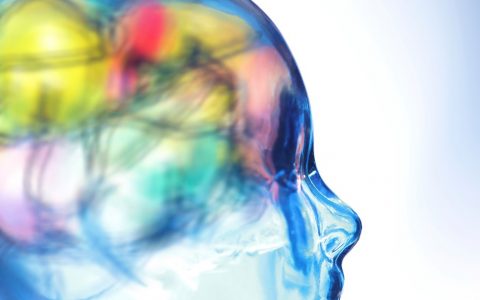A new study published this month in the journal Drug and Alcohol Dependence throws a new twist into the widespread concerns about adolescent cannabis use and brain development.
In a limited study of 200 men, researchers found no link between youth cannabis use and adult brain volumes.
Researchers at Arizona State University tracked the cannabis use of about 200 boys in Pittsburgh in the late 1980s, then compared those consumption rates to high-resolution MRI brain scans of the same subjects 20 years later, when they were in their 30s.
“We found no differences in adult brain structure” among the subjects who reported heavy cannabis use in their youth, those who reported a variety of occasional use, and those who reported no use, the researchers wrote. “Even boys with the highest level of cannabis exposure in adolescence showed subcortical brain volumes and cortical brain volumes and thickness in adulthood that were similar to boys with almost no exposure to cannabis throughout adolescence.”
The science around adolescent cannabis use and brain development is complex, politically charged, and largely unresolved. The ASU study adds a new layer of data to the issue, but it’s unlikely to definitively debunk the concerns around underage use.
The study team was led by Madeline Meier, director of ASU’s Substance use, Health and Behavior Lab. Meier and colleagues acknowledged that their sample set was relatively small, limited to young men in Pittsburgh who had conduct problems as youth, and relies on self-reported cannabis use. In addition, the MRI imaging took place only once per subject, when they were in their 30s.
“Importantly, several [previous] case-controlled studies have found brain structure differences in adolescent or young-adult cannabis users with cumulative levels of cannabis exposure,” Meier and colleagues wrote. “It was unclear from those studies if brain structure differences among [those subjects] persisted into later adulthood. Our study suggests they might not.”
In other words, brain structure differences might appear in an early-onset cannabis user’s 20s, but dissipate and clear up by the time they reach their early 30s.
Different Measures of Brain Formation
Meier also acknowledged that the MRI data they included, which measured subcortical brain volumes and cortical brain volumes and thickness, might not be the most accurate measures of cannabis-correlated brain dysmorphia. In some previous studies, researchers used other measures (gray matter shape and density, white matter integrity) to evaluate structural brain differences between youth cannabis users and non-users.
The ASU study contains a number of implications. Patterns of adolescent cannabis use, from none to light to heavy, “do not appear to have lasting effects on brain structure,” wrote the authors. In the context of this study, they “found no association between prospectively-assessed adolescent cannabis use and subcortical brain volume and cortical brain volume and thickness in adulthood.”
The researchers cautioned that their study should be interpreted in the context of previous studies that looked into possible disruption in critical brain development, hippocampal volume, and adult brain structure. “Reviews of these studies have revealed that, although a few studies have found evidence of an association between an earlier age-of-onset of cannabis use and adult brain structure, most studies have not.”



